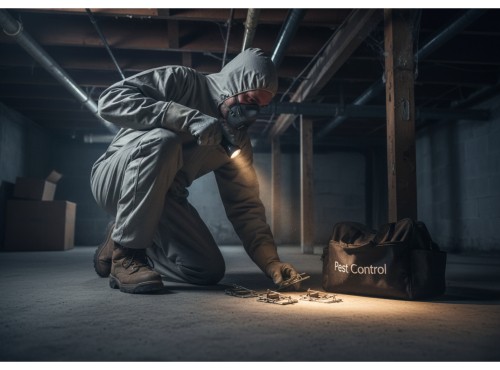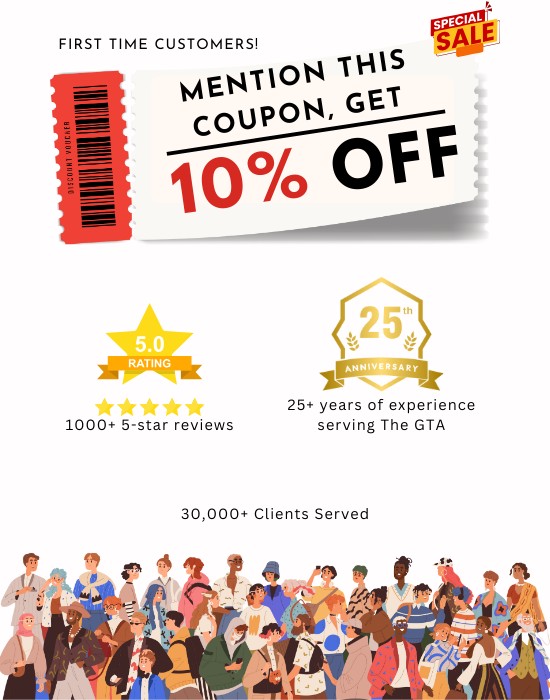Client Education and Communication
Transparent communication is a core component of modern pest control service. Clients receive service reports after each visit, containing photographic evidence, notes on new vulnerabilities, and clear action plans. In residential settings, technicians explain how everyday habits, like leaving pet food out overnight, can undo professional efforts.
Commercial clients, such as restaurants in Greektown on Danforth or cafés near Roncesvalles, often require documentation for Health Canada or Toronto Public Health audits. PMPs provide these in the form of service logs, rodent activity maps, and corrective action reports, confirming that all treatments comply with federal and municipal guidelines.
Client cooperation enhances both efficiency and transparency. Where customers adopt recommended changes promptly, technicians achieve faster reductions in rodent populations. This partnership-based model defines successful pest management across the Greater Toronto Area.
The Role of Data in Maintaining Control
Every effective mouse management plan depends on measurable data. Quantifiable evidence, trap catch counts, bait consumption, and visual inspection summaries, allows technicians to evaluate the efficacy of each stage. In advanced programs, trend analysis software highlights recurring problem zones, guiding technicians to adjust placement patterns or exclusion measures.
By emphasizing objective data over anecdotal feedback, pest control firms maintain accountability and scientific accuracy. This data-driven verification reinforces public trust and aligns with the NPMA’s guidelines for professional integrity.
Quantifying Program Effectiveness
In professional pest management, evaluating the success of a mouse control program involves more than noting a temporary reduction in sightings. Pest Management Professionals (PMPs) across Toronto rely on verifiable metrics that quantify progress and validate performance. These metrics ensure compliance with both Health Canada safety requirements and NPMA professional benchmarks.
During each service visit, technicians perform a structured review of tamper-resistant stations, snap traps, and monitoring boards. Indicators such as bait consumption, dropping frequency, and rub mark density are recorded in the site’s service log. Comparing these readings to initial baseline data determines whether mouse populations are decreasing, stable, or resurgent. This threshold monitoring process forms the analytical backbone of Integrated Pest Management documentation.
Technological tools have elevated this process substantially. In high-traffic zones like Yonge and Dundas Square or Union Station, digital monitoring systems transmit trap activity directly to software dashboards, creating a continuous data stream. These logs allow technicians to spot patterns, like recurring activity in utility rooms or seasonal surges near external waste storage, and respond before infestations reestablish.
Public institutions such as Toronto City Hall and Scotiabank Arena increasingly use these systems to satisfy municipal inspection and internal audit requirements. Automated data records provide proof of compliance during food-safety or occupational health evaluations, eliminating the risk of incomplete documentation.
Transparency and Client Communication
Trust between the service provider and the client depends on clarity. Every control program begins with a written service agreement that outlines the scope, visit frequency, and measurable goals. Clients receive a clear explanation of the PMP’s responsibilities versus their own, particularly concerning sanitation, structural upkeep, and storage management.
Each follow-up visit includes a post-treatment report containing photographs of sealed entry points, maps of monitoring stations, and technician notes on remaining vulnerabilities. In residential areas such as Roncesvalles, Leslieville, and The Annex, homeowners appreciate visual confirmation that their attics, basements, and wall voids have been inspected and secured.
For commercial clients, especially those operating within St. Lawrence Market, the Distillery District, or the Eaton Centre, compliance documentation is equally critical. These reports demonstrate adherence to Health Canada PCP Number products, WHMIS labeling, and MSDS/SDS accessibility. Businesses subject to municipal or third-party audits rely on these documents to maintain operational approval.
This transparent reporting model reflects guidance from the Canadian Pest Management Association (CPMA), which underscores full disclosure and record-keeping as pillars of professional accountability.









